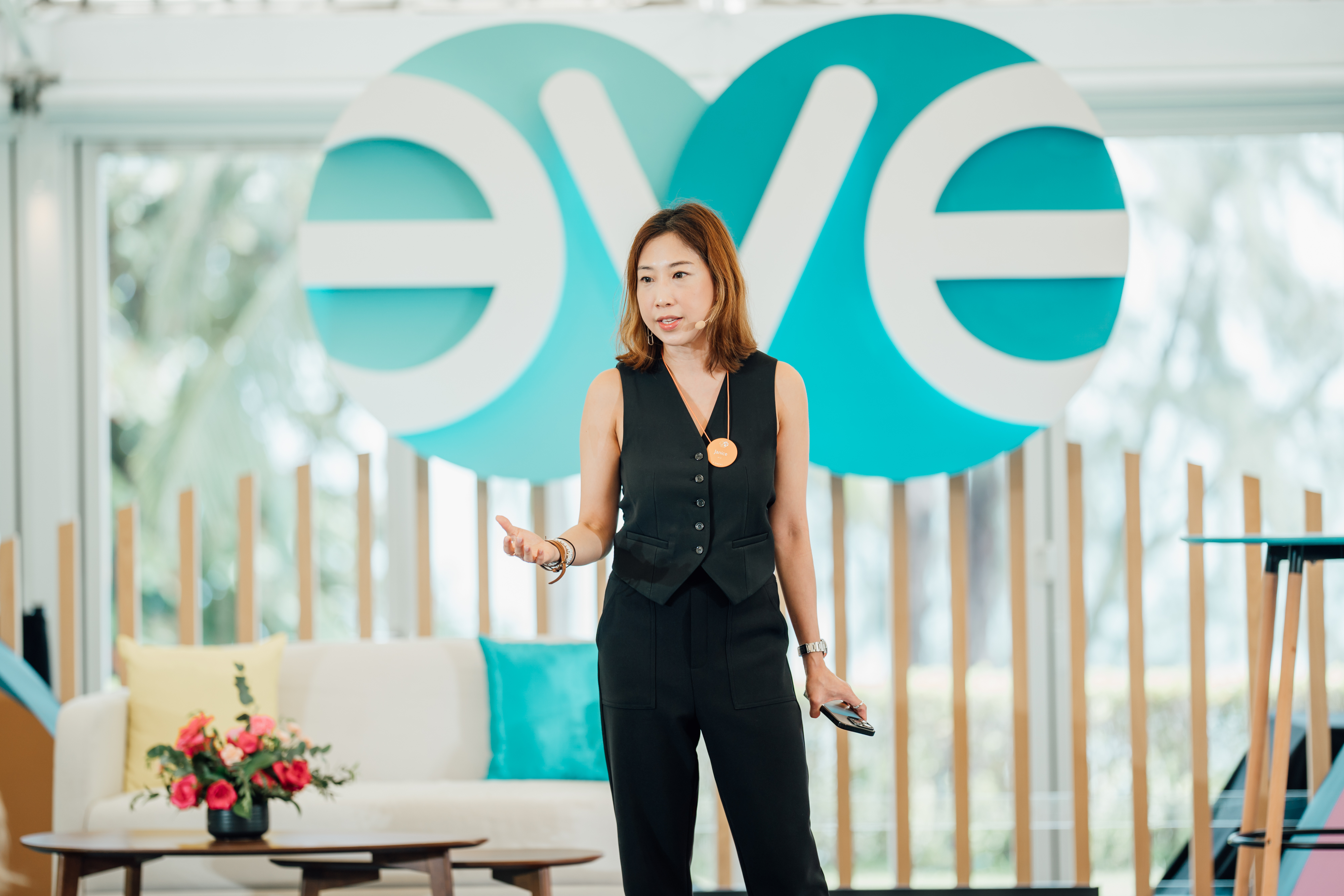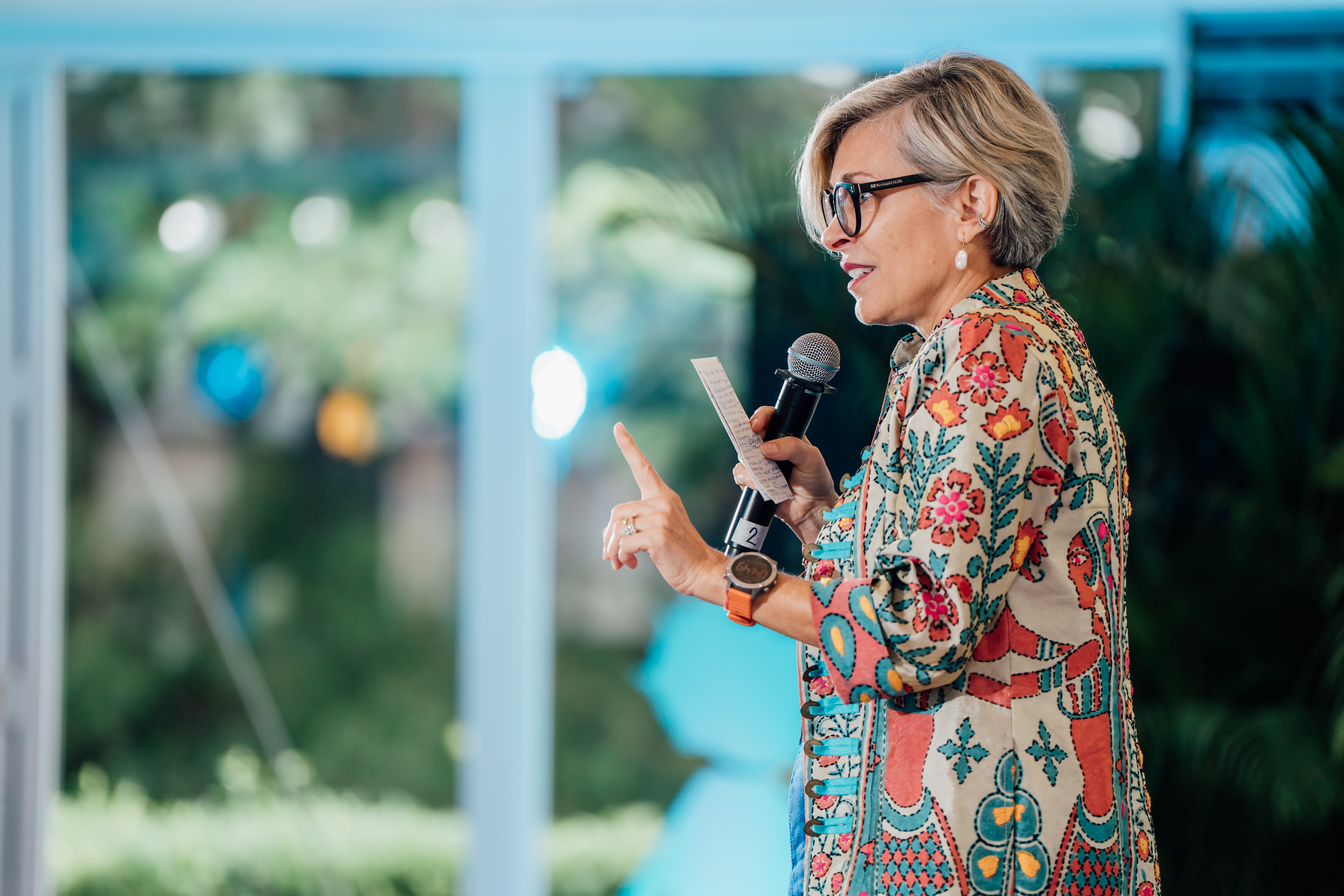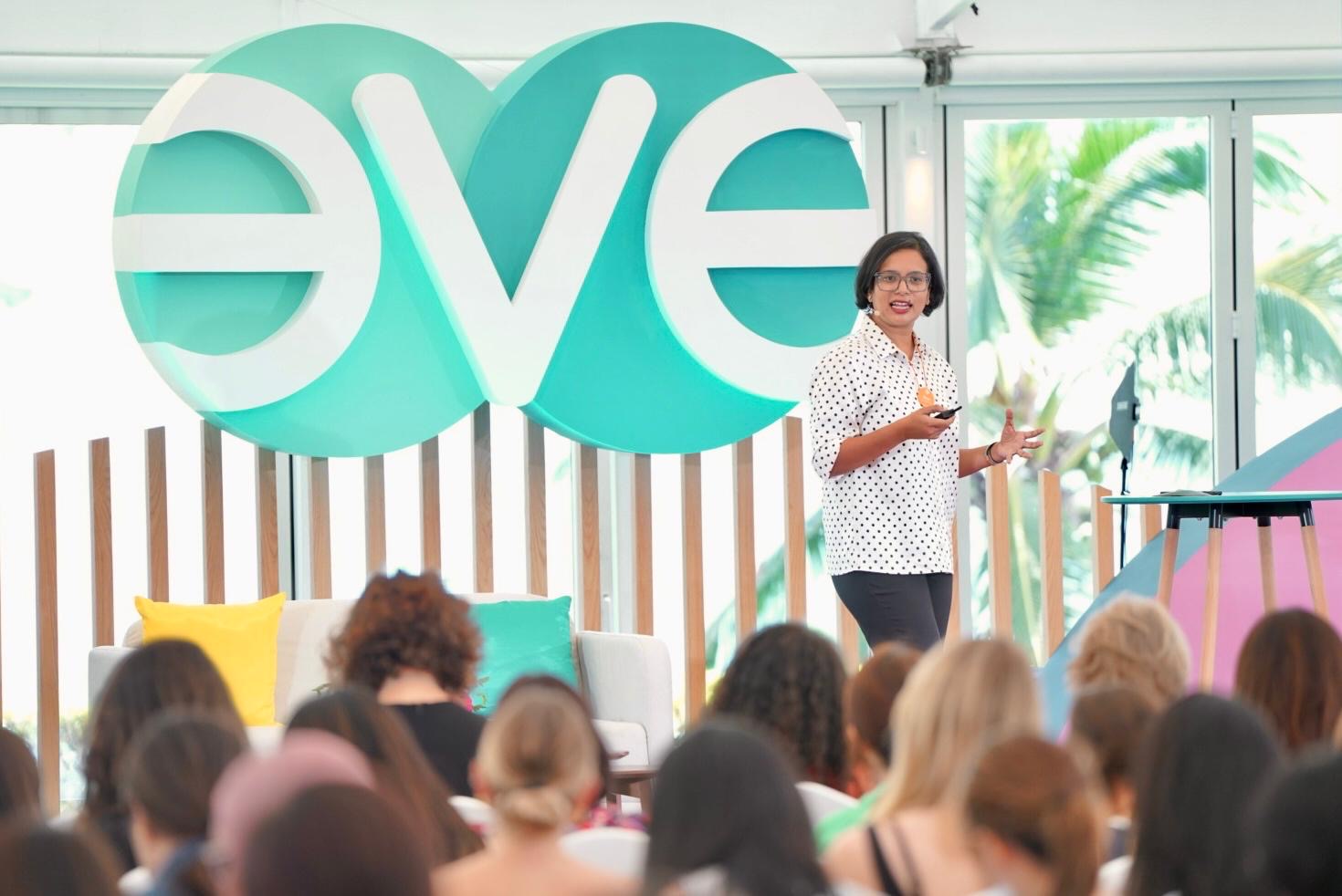What is the inclusive economy? What challenges can it help tackle? What challenges does it face? What positive impacts can it bring? Jean-Christophe Laugée, Danone’s Social Innovation and Ecosystem Director, and Isabelle Sultan, Marketing Director at La Laiterie du Berger in Senegal, helped us answer these questions about the economy of the future.
Recently, in reaction to the multiple crises that have shaken the world, we have been witnessing more and more attempts to change the way we think about the economy. That is, to adapt it to new social, financial and environmental challenges. This trend has given birth to concepts such as “social and solidarity-based economy”, “circular economy”, “positive economy”, “collaborative economy”, etc.
These notions have one important thing in common – they all seek to answer the same question. “How do we create and distribute wealth through economic activity that takes into account the interdependence between economic, social and environmental wealth?” as Jean-Christophe Laugée, Social Innovation and Ecosystem Director at Danone , sums it up. In his opinion, the answer lies in a concept that, in a way, encompasses all others: the inclusive economy. As its name suggests, the inclusive economy acknowledges the interdependence that Jean-Christophe mentioned and has all stakeholders participate to define a common answer.
To improve our understanding of the concept, we asked Jean-Christophe and Isabelle Sultan, Marketing Director at La Laiterie du Berger (a project supported by danone.communities), to share their thoughts on the inclusive economy and how it can bring change both in the developed and developing world.
What challenges can the inclusive economy help tackle?
The economy is faced with perhaps its most vertiginous challenge yet: to bring the people of the world out of hunger and poverty while preserving the environment they live in.
While this goal is not exactly new, three phenomena are accelerating the process, says Jean-Christophe: “increasingly scarce resources, disengagement by governments and the exploding world population.” He believes that in this situation CSR, rather than meaning Corporate Social Responsibility, stands for Common Sense Revolution (which has nothing to do with Canadian politics). Revolution? Yes. “We need to rethink the way we work.”
For large companies, the challenge is to prove that they can foster this change and be part of the solution rather than the problem. This is why Danone is taking a strong stand in terms of social innovation, through the Danone Ecosystem Fund and danone.communities. The projects supported by both funds reflect the ambition to be inclusive, i.e. to build initiatives with added social and environmental value, through collaboration between different players with different interests. On the ground, each project is carried out by a Danone subsidiary, in partnership with a local NGO. “The interdependence between private interest and general interest drives different actors (private companies, people from civil society, institutions) to co-create in order to maximise the social and environmental value of their projects,” says Jean-Christophe.
What examples can Danone give of inclusive economy?
For a company operating in the food industry, the challenge is to come up with healthy and nutritious products that match people’s needs and tastes, are affordable and available and whose supply chain secures a reliable income for all suppliers while minimising the use of natural resources. In developing countries, where consumers and suppliers are often at the “bottom of the pyramid”, the challenge is even more acute.
This issue is key to the goals of Dolima, a brand marketed in Senegal by La Laiterie du Berger. Isabelle Sultan explains that the project was born when Baghoré Bathily, a Senegalese veterinarian, realised that 90% of the milk consumed in Senegal was imported in powder form, although 30% of the population makes a living from animal husbandry and could sell milk (learn more about the project here). La Laiterie du Berger has been making dairy products since 2007 and the Dolima brand (meaning “give me more” in Wolof) was launched in 2009 with the goal of reaching as many people as possible. To achieve this, the name needed to be easy to remember and the high-quality, nutritious product needed to be distributed via a micro-distribution and local network, emphasizing provenance (only Dolima yogurts are made from the milk of Senegalese cows), etc. In other words, by taking into account the context in all its complexity and adapting to it.
For Jean-Christophe, all 50 projects supported by the Danone Ecosystem Fund demonstrate an ambition to do economy “the inclusive way”. They operate in three main fields:
– Encourage and develop sustainable agricultural practices to build a sustainable supply chain and to protect resources. This secures Danone’s access to raw materials and helps farmers improve their working conditions and revenue. See for instance the Milk Collection Communities in Egypt, the cooperative for strawberry producers in Ukraine, action around Evian’s impluvium in France, etc. Plus an overview of how Danone (through Ecosystem, but not exclusively), works with milk producers in emerging countries.
– Offer nutrition combined with services, through nutritious products matched with micro-distribution systems, educational programmes centred on nutrition and health, complementary services like physical exercise for the elderly, etc. This also secures jobs and incomes for the service providers. See for instance Ageing Well in France, Ireland and Spain, Semilla in Mexico,Stand by Mums in Romania, etc. Plus an overview of micro-distribution and women’s empowerment (which often go hand in hand) in developing countries.
– Turn waste into a resource by developing recycling systems in countries where they are not structured, which also provides a more secure livelihood for waste pickers. See for instance the Pepenadores project in Mexico, or the Pemulungs project in Indonesia.
What are the challenges faced by the inclusive economy?
In developing countries, « inclusive » often applies to projects that target the people at the bottom of the pyramid. For Danone, it means designing products that they can afford and that match their needs. Jean-Christophe Laugée insists that it is not some form of hard discount.
He identifies three main challenges: if the product is not necessary or damages local economies, it poses ethical and utility issues; a very cheap product is rarely high-quality; if the product is very cheap but generates massive margins, the goal is missed too. In short, to design useful and necessary products for the bottom of the pyramid, we must take quality into account. Beyond this, through the supply chain and distribution network the products must help people out of poverty. “The inclusive economy is a sort of reverse bottom-of-the-pyramid approach: I am not so much looking to sell a product as to make contact with local players, and especially the vulnerable, poor ones.”
To achieve that, an in-depth understanding of the local context is an absolute must. Isabelle Sultan explains that not only were Dolima products designed to match local tastes (for Senegal, thick and smooth with a strong vanilla flavour), their distribution circuits were also adapted to the context. Dolima notably invested in “pouss-pouss”, small carriages to take products to the smallest stores off the roads. Dolima is also innovating to meet other needs, for instance by creating a ready-to-eat version of “thiakry”, a very popular meal, in a sachet. Other brands sell it in a pot, which is much more expensive.
According to Jean-Christophe, another important challenge is that of scalability: how to build a long-term mainstream initiative from a pilot experiment. “Beyond innovation, we always consider the project’s potential scalability. There has to be an ambition for a large mainstream impact. If not, these projects will just remain sort of ‘nice things’ to have, and that’s about it!”
What are the impacts of the inclusive economy, both for the company and for its ecosystem?
The very aim of the inclusive economy is to reinforce the company’s ecosystem. It is at the heart of the Ecosystem Fund’s missions, and also the goal of several danone.communities projects. In the words of Franck Riboud, Chairman of Danone, there is quantifiable proof that the projects are making a difference. For Dolima, “sales have increased five-fold in five years, with more than 100,000 distribution points, and 800 producers’ families have seen their livelihoods improved thanks to the project,” Isabelle tells us. But for danone.communities and the Danone Ecosystem Fund, the real challenge is to be able to measure not only financial impacts, but also social and environmental impacts (read our analysis of the issue).
Jean-Christophe explains that Ecosystem has launched 8 social impact measuring processes and is re-thinking the very definition of business impact (read more on this subject here and here): “We need to realise that we measure business performance in a way that is not entrepreneurial, with purely financial indicators. We need to put more emphasis on sustainability and durability, through a new vision of what a business impact is.” Only by being able to accurately measure these extra-financial indicators will the inclusive economy prove its capacity to create durable change efficiently.
Original article from the website Down to earth (2014, Dec. 22), published courtesy of Danone.
Photo © Danone Communities / Sipa: Thomas Haley





